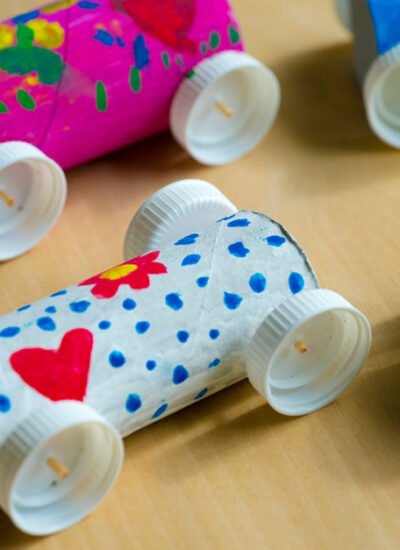 Transforming everyday waste into works of art with your children creates precious memories while teaching valuable lessons about sustainability and creativity. Whether you’re a parent, grandparent, or working with foster children, these projects offer wonderful opportunities to bond whilst reducing household waste.
Transforming everyday waste into works of art with your children creates precious memories while teaching valuable lessons about sustainability and creativity. Whether you’re a parent, grandparent, or working with foster children, these projects offer wonderful opportunities to bond whilst reducing household waste.
Getting Started: Building Your Recycling Collection
You’ll want to begin by establishing a dedicated craft box where you can collect recyclable materials throughout the week. Empty cereal boxes, toilet roll tubes, plastic bottles, and egg cartons make excellent starting points. Clean yoghurt pots serve as perfect paint holders or mini planters, whilst old magazines provide colourful paper for collages.
Don’t overlook items that might seem unusable at first glance. Bottle caps become wheels for homemade vehicles. Fabric scraps from old clothing transform into costumes for puppet shows. Even worn-out socks can become delightful sock puppets with just a few buttons and some imagination.
Cardboard Creations That Spark Joy
Large cardboard boxes offer endless possibilities for ambitious projects. You can work together to construct castles, rocket ships, or playhouses that provide hours of entertainment beyond the initial crafting session. Cut windows and doors, then let your children decorate with paints, markers, or strips of coloured paper.
Smaller boxes work wonderfully for creating dioramas or miniature worlds. Toilet roll tubes deserve special mention for their versatility. Transform them into binoculars by taping two together and adding string. Create a marble run by cutting slots and taping tubes to a large piece of cardboard. You might even construct an entire castle using multiple tubes as towers.
Foster carers working with agencies like Foster Care Associates often find these projects particularly engaging for children who are settling into new environments, as they provide a sense of control and ownership over their creative space. It’s an excellent way to help children express themselves and build confidence. Working together on creative projects also strengthens relationships and builds trust.
Plastic Bottle Innovations
Before you toss that plastic bottle in the recycling bin, consider its potential as a craft supply. Cut the bottom off a large bottle to create a scoop for sandbox play or garden activities. Poke holes in bottle caps to make shower heads for water play in the garden.
Two-litre bottles work brilliantly as planters for herbs or small flowers. Children love watching seeds grow, and this project teaches responsibility alongside creativity. Decorate the outside with paint or wrapped fabric scraps to make each planter unique.
You can also create musical instruments from plastic bottles. Fill them with rice, beans, or small pebbles to make shakers. Different materials produce varying sounds, allowing children to experiment with rhythm and music.
Paper and Magazine Magic
Old magazines and newspapers provide a treasure trove of materials for collage work. You might spend an afternoon cutting out pictures of animals to create a zoo scene, or combine different facial features to design funny characters.
Paper chains remain a classic for good reason, they’re simple enough for young children yet satisfying for older ones too. Use pages from old magazines to create colourful chains for decorating rooms or celebrating special occasions.
Newspaper works wonderfully for papier-mâché projects. Mix flour and water to create a paste, then layer strips of newspaper over balloon shapes to make bowls, masks, or decorative objects. Once dry, these can be painted in any colours you choose.
Advanced Projects for Older Children
As children develop their skills, you can tackle more complex recycling projects. CD cases become picture frames with some creative decoration. Old t-shirts can be cut and braided into jump ropes or pet toys.
Kitchen items offer surprising craft potential too. Empty tin cans (with smooth edges) become pencil holders or plant pots. Ice cream containers store art supplies or transform into drums with some decorative paper and enthusiasm.
Next Generation
Creating art from recycled materials teaches children that beauty and fun don’t require expensive supplies, they simply need imagination and enthusiasm. These activities demonstrate how everyday items can have second lives, whilst providing quality time together away from screens and distractions. Most importantly, you’re showing the next generation that creativity knows no bounds when you’re willing to see potential in the ordinary.





Leave a Reply